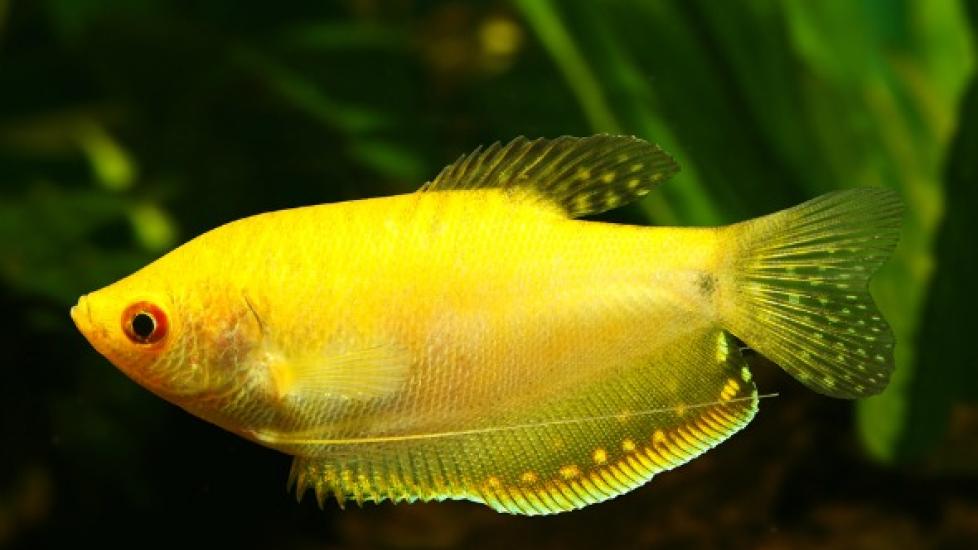What is Osmoregulation?
How Fish Maintain an Internal Balance of Salt and Water
Osmoregulation is the process of maintaining an internal balance of salt and water in a fish’s body. A fish is, after all, a collection of fluids floating in a fluid environment, with only a thin skin to separate the two.
There is always a difference between the salinity of a fish’s environment and the inside of its body, whether the fish is freshwater or marine. Since the fish’s skin is so thin, especially around places like the gills, external water constantly tries to invade the fish’s body by osmosis and diffusion.
Look at it this way: the two sides (inside and out) of a fish’s membrane skin have different concentrations of salt and water. Nature always tries to maintain a balance on both sides, so salt ions will move through the semi-permeable membrane towards the weaker salt solution (by diffusion), while the water molecules take the opposite route (by osmosis) and try to dilute the stronger salt solution.
Regardless of the salinity of their external environment, fish use osmoregulation to fight the processes of diffusion and osmosis and maintain the internal balance of salt and water essential to their efficiency and survival.
Freshwater Fish
In fresh water, the inside of a fish’s body has a higher concentration of salt than the external environment. Consequently, there is a tendency to lose salt and absorb water.
To combat this, freshwater fish have very efficient kidneys that excrete water quickly. They also reabsorb salt from their urine before it is ejected to minimize losses and actively take salt from their environment using special cells in the gills.
Marine Fish
In marine environments, fishes face the opposite problem -- there’s relatively more salt and less water outside their bodies. Consequently, there is a tendency to take on salt and lose water.
To combat this, marine fishes drink vast amounts of water and urinate little. Salt is a more complicated problem: special cells in the gills actively eliminate salt at the cost of extra energy and these fishes do not absorb any salt from the water they drink.
